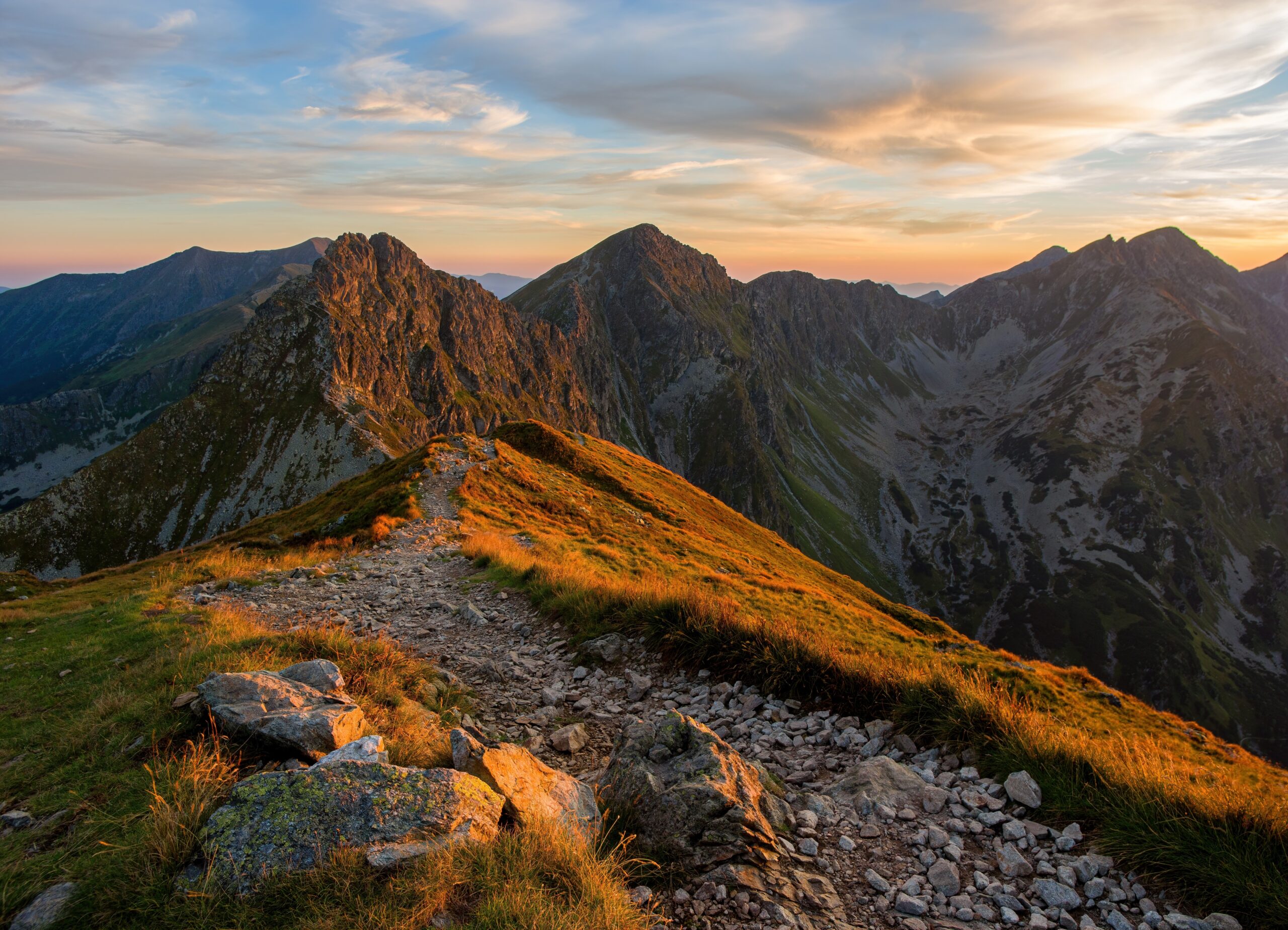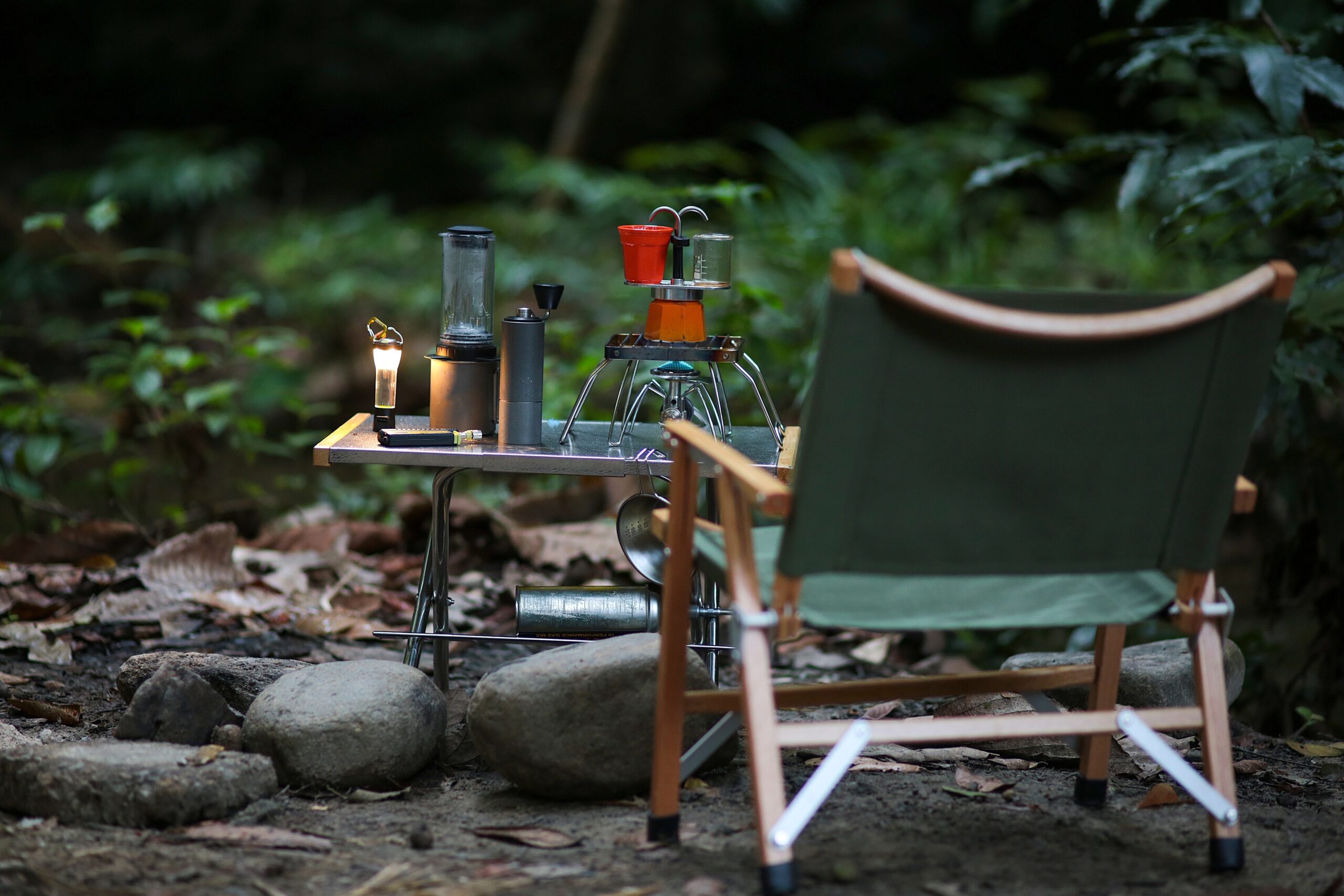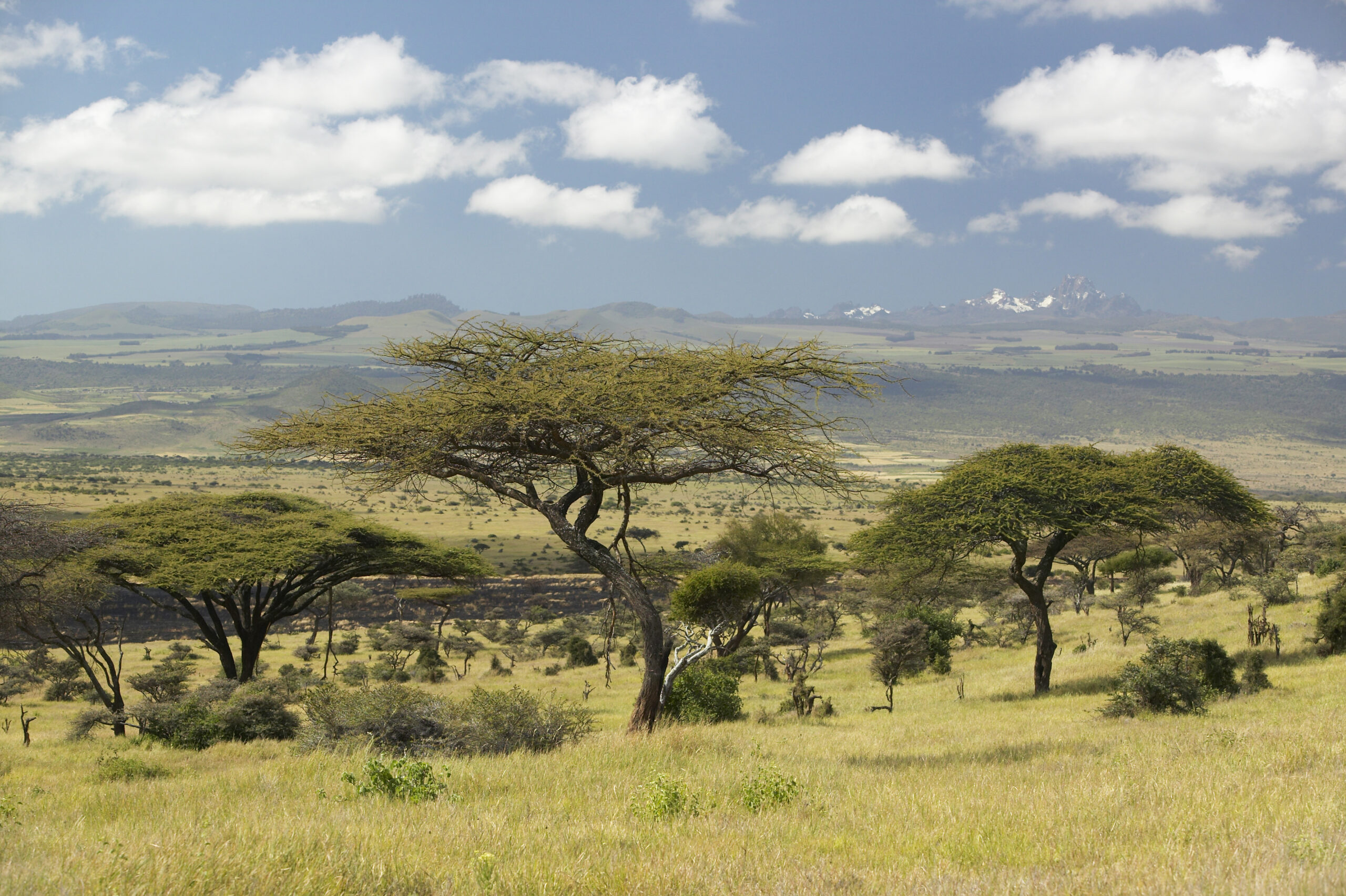Hiking is one of the most rewarding outdoor activities, offering not only physical exercise but also peace, adventure and a deep connection with nature. Whether you’re planning your first countryside stroll or looking to tackle your local hill trails, this beginner’s guide to hiking covers everything you need to know — from essential gear to trail etiquette and safety tips. With the right preparation, hiking can be a life-enriching hobby accessible to all, regardless of age or fitness level.
Outline
- Why Go Hiking?
- Understanding Trail Difficulty
- Choosing the Right Hike
- Must-Have Gear for Beginners
- What to Wear: Clothing & Footwear
- Hiking Safety Basics
- Trail Etiquette: Do’s and Don’ts
- Nutrition & Hydration
- Common Mistakes to Avoid
- Building Confidence on the Trail
- Final Thoughts: Hiking as a Long-Term Lifestyle
Why Go Hiking?
Hiking offers a blend of mental clarity, physical fitness, and immersion in nature that few other activities can match. It’s low-cost, adaptable to all fitness levels, and has proven health benefits including:
- Improved cardiovascular health
- Increased lower body strength and balance
- Boosted mental well-being and reduced anxiety
- Greater appreciation of natural landscapes
Even a short hike can deliver a massive mood lift and a sense of achievement.
Understanding Trail Difficulty
Before lacing up your boots, it’s important to understand trail grading systems. Many parks and online resources rate hikes using terms like:
| Difficulty Level | What It Means |
|---|---|
| Easy | Flat or gently sloping terrain, short distance |
| Moderate | Some elevation gain, uneven surfaces |
| Hard | Steep climbs, longer duration, potential scrambling |
Tip: As a beginner, stick to easy or easy-moderate trails under 2–3 hours to build confidence.
Choosing the Right Hike
Finding the perfect beginner hike means balancing distance, terrain and elevation with your personal fitness and comfort.
Things to consider:
- How much time do you have?
- Is the trail a loop, out-and-back, or point-to-point?
- What’s the weather forecast?
- Are there any water crossings or exposed areas?
Use apps like AllTrails or Komoot, or check local tourism or national park websites. Don’t forget to read recent trail reviews for up-to-date conditions.
4. Must-Have Gear for Beginners
You don’t need to spend a fortune on high-tech gear — but a few essentials will make your first hikes safer and more enjoyable.
Basic hiking gear checklist:
- Backpack (10–20L for day hikes)
- Water bottle (at least 1–2 litres) or hydration bladder
- Map and/or offline GPS
- Snacks (see Section 8)
- First-aid kit
- Head torch or small flashlight
- Sunscreen and sunglasses
- Rain jacket or windbreaker
- Whistle (small, but useful for emergencies)
Optional but useful: Trekking poles, insect repellent, multi-tool or penknife

What to Wear: Clothing & Footwear
The key to dressing for hiking is layering and comfort. Weather can change quickly, even on short hikes.
Clothing tips:
- Avoid cotton (it traps moisture and chills the body)
- Opt for synthetic or merino wool layers
- Wear a base layer, a mid-layer (like a fleece), and an outer waterproof shell
- A hat for sun or cold is essential
Footwear:
- Trail shoes or hiking boots with good grip and ankle support
- Break them in before your first hike to avoid blisters
- Wear moisture-wicking socks (not regular cotton socks!)
Pro Tip: Try your full outfit and gear on a neighbourhood walk before hitting the trail.
Hiking Safety Basics
Safety is more about planning than luck. Even a simple trail can become risky if you’re unprepared.
Key safety practices:
- Tell someone where you’re going and when you expect to return
- Check the weather again before leaving
- Carry a fully charged phone with offline maps (signal may not be reliable)
- Don’t hike too close to dusk, especially if you’re unsure of your route
- Know what to do if you encounter wildlife (don’t feed or approach animals)
Emergency tip: If you get lost, stay put, signal with a whistle or bright item, and conserve phone battery.
Trail Etiquette: Do’s and Don’ts
Respecting other hikers and the environment is just as important as enjoying your hike.
Do:
- Stay on marked trails
- Yield to uphill hikers
- Let faster hikers pass
- Pack out all rubbish
- Greet fellow hikers with a smile or nod
Don’t:
- Play loud music (use headphones if you must)
- Leave food or litter behind
- Pick plants or disturb wildlife
- Walk around muddy sections (it widens the trail and causes damage)
Remember: Leave No Trace isn’t just a motto — it’s a responsibility.
Nutrition & Hydration
Keeping your energy up is vital, even on a short hike. Dehydration and low blood sugar can make you dizzy or tired quickly.
Best snacks to bring:
- Trail mix (nuts, seeds, dried fruit)
- Granola or protein bars
- Fruit (apples, oranges — avoid bananas which bruise easily)
- Crackers or cheese
- Electrolyte tablets or sports drink powder
💧 Rule of thumb: Drink around half a litre per hour of hiking — more in heat.
Common Mistakes to Avoid
Even the most enthusiastic new hikers can fall into the same traps. Learn from these common errors:
- Overpacking or underpacking
- Ignoring the weather forecast
- Starting too late in the day
- Choosing a trail that’s too challenging
- Wearing the wrong shoes
- Forgetting sun protection
Tip: Always have a backup layer, even if it looks sunny when you leave.
Building Confidence on the Trail
Confidence comes from experience and preparation. The more you hike, the better you’ll get at judging your energy levels, trail conditions, and gear needs.
Ways to build confidence:
- Start with local or well-signed trails
- Join a hiking group or go with a friend
- Keep a hiking log or journal of your adventures
- Celebrate small wins (your first summit, sunrise hike, or solo walk)
Mental benefit: Hiking is not just physical — it builds resilience, patience, and mindfulness.
Final Thoughts: Hiking as a Long-Term Lifestyle
Once you start hiking, it becomes more than a hobby — it becomes a lifestyle shift. You’ll start noticing trails on weekend trips, checking out new gear, and craving quiet, scenic escapes. It’s a grounding, enriching activity that reconnects you with nature and with yourself.
Whether you’re chasing views from a mountain ridge or just enjoying birdsong on a forest path, the trail is always ready for you. And now — so are you.







